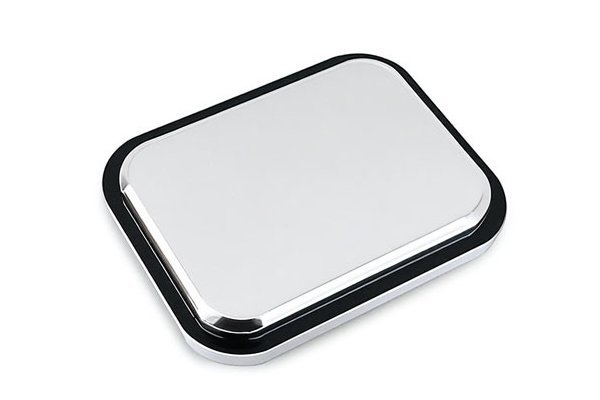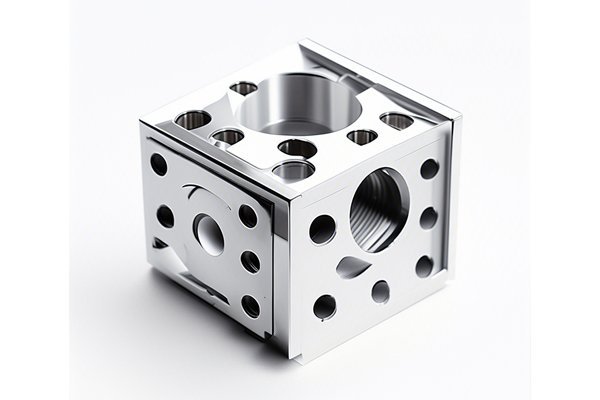Did you know that over 80% of engineering failures can be traced back to inappropriate material selection and inadequate performance testing? This statistic highlights a critical aspect of the manufacturing process that can often be overlooked in the fast-paced world of CNC machining. In a time when precision and efficiency are paramount, understanding the impact of material analysis and performance testing on CNC machining part design is more crucial than ever.
This blog aims to delve into the nuances of how these two factors not only ensure the quality of CNC machined components but also contribute to innovative design solutions and enhanced performance. Join us on this exploration as we uncover the integral role that material analysis and performance testing play in CNC machining.
Understanding CNC Machining
CNC machining refers to the process of using computer-controlled machines to shape and cut materials into precise dimensions and forms. This advanced manufacturing method is widely adopted across various industries, particularly in aerospace, automotive, medical devices, and electronics. It enables high levels of precision and repeatability, making it possible to produce complex geometries and intricate parts efficiently.
However, even sophisticated CNC machining processes can be compromised by poor material selection or a lack of rigorous performance testing. This is where material analysis comes into play, providing valuable insights into how materials behave under various conditions, and how well they will perform in their intended applications.
The Importance of Material Analysis
Choosing the right material is one of the first steps in the part design process. Factors such as strength, weight, corrosion resistance, and thermal properties must be assessed to ensure that the material can withstand the operational conditions it will face.
For instance, aerospace components often require materials that possess high strength-to-weight ratios, such as titanium alloys or carbon fiber composites. In contrast, parts used in automotive applications might prioritize cost-effectiveness, opting for materials like aluminum or reinforced plastics.
Material analysis tools, such as spectroscopy, X-ray diffraction, and scanning electron microscopy, can provide in-depth insights into a material’s properties, helping engineers choose materials that meet specific performance criteria.
Material properties can significantly influence dimensional accuracy, surface finish, and overall quality of the machined part. Properties like hardness, tensile strength, ductility, and thermal conductivity must be evaluated to predict how each material will respond to machining processes.
For example, harder materials may require specialized cutting tools and techniques, while more ductile materials can lead to excessive work hardening during machining. Additionally, temperature behavior during machining can impact microstructures, leading to changes in final part properties.
Regular performance analysis during this phase ensures that potential issues are identified, allowing for necessary adjustments during the design phase.
The Role of Performance Testing
Once the parts are machined, performance testing becomes the next critical step. This phase ensures that the produced components meet predefined quality and performance standards. Methods such as tensile tests, fatigue tests, and impact tests can provide valuable information about the reliability of the components in real-world settings.

For instance, fatigue testing can reveal how a material will endure under cyclic loads, while tensile testing can determine its strength. These tests are essential, especially for critical applications like aircraft components, where failure is not an option.
Performance testing is not restricted to already machined parts. Prototyping provides a valuable opportunity for engineers to test designs using the selected materials before full-scale production. Techniques like rapid prototyping allow for the quick generation of models that can be subjected to performance testing, providing insights into potential design flaws or performance issues.
Using data collected from testing, engineers can iterate on the design, applying the lessons learned to refine material choices and machining processes.
Integrated Approach to Part Design
An integrated approach combining material analysis with performance testing leads to more efficient, high-quality CNC machining outcomes. By aligning material properties with the performance requirements of the end-use application, manufacturers can optimize their designs from the outset — reducing the risk of costly errors and rework down the line.
Case Studies: Real-World Applications
Aerospace Industry
In the aerospace industry, where safety and reliability are paramount, companies invest heavily in material analysis and performance testing. A leading aerospace manufacturer analyzed the wear properties of potential new lightweight materials for jet engine components. Through extensive testing, they discovered that a novel composite significantly outperformed traditional nickel alloys, leading to a 25% reduction in weight without compromising strength or durability.
Medical Devices
In medical device production, the biocompatibility of materials is crucial. An innovative startup leveraged rigorous performance testing to assess the interaction of advanced polymer materials with biological tissues. Their findings allowed them to select a material that significantly decreased the risk of adverse reactions in patients while also improving the device’s overall performance and reliability.
In summary, material analysis and performance testing are indispensable components of CNC machining part design. By carefully selecting appropriate materials and rigorously testing their performance, manufacturers can drive innovation, enhance product quality, and foster a culture of continuous improvement.
As we’ve explored through real-world case studies, the implications of these processes extend far beyond mere compliance; they contribute to the safety, reliability, and efficiency of products in the aerospace and medical industries, among others.
This blog serves as a reminder of the importance of understanding and integrating material properties and performance capabilities in CNC machining. As industries evolve and require increasingly complex and reliable components, investing time and resources into thorough material analysis and performance testing will become not just beneficial, but essential for success.
In the ever-competitive landscape of manufacturing, prioritizing these critical processes will set companies apart from their competitors and pave the way for a more innovative and efficient future. So, whether you’re an engineer, designer, or decision-maker, consider how a deeper understanding of materials and performance testing can transform your CNC machining projects and lead to unparalleled success in your endeavors.






